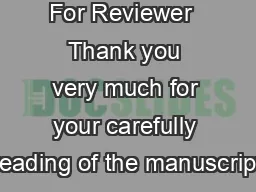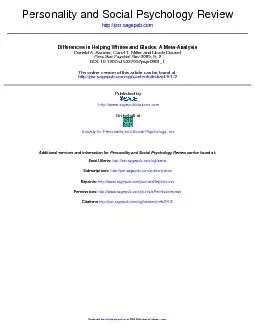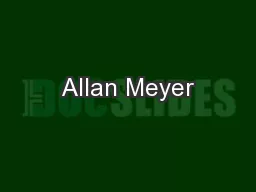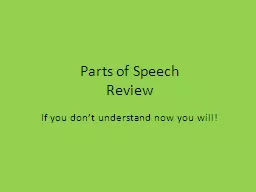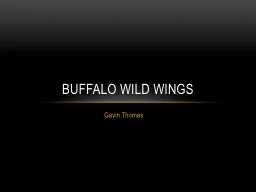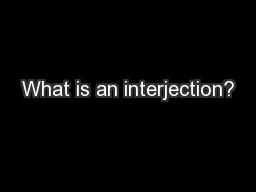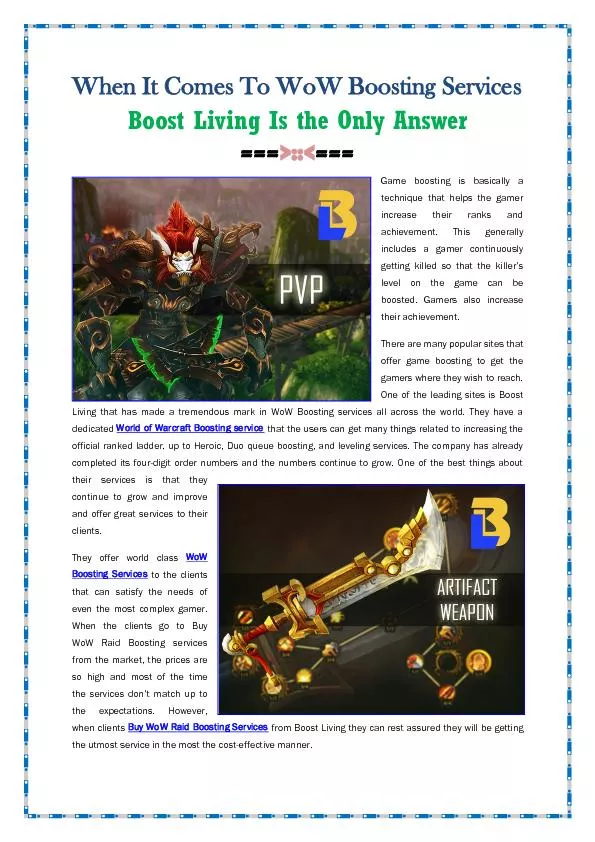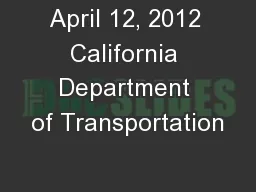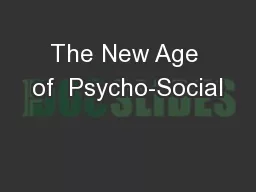PPT-many syntacks much kategory so task very tree so PSR wow
Author : myesha-ticknor | Published Date : 2019-11-01
many syntacks much kategory so task very tree so PSR wow m any lingwistix Task 1 English Syntactic Structures Draw a tree structure diagram for each of the following
Presentation Embed Code
Download Presentation
Download Presentation The PPT/PDF document "many syntacks much kategory so task ..." is the property of its rightful owner. Permission is granted to download and print the materials on this website for personal, non-commercial use only, and to display it on your personal computer provided you do not modify the materials and that you retain all copyright notices contained in the materials. By downloading content from our website, you accept the terms of this agreement.
many syntacks much kategory so task very tree so PSR wow: Transcript
Download Rules Of Document
"many syntacks much kategory so task very tree so PSR wow"The content belongs to its owner. You may download and print it for personal use, without modification, and keep all copyright notices. By downloading, you agree to these terms.
Related Documents


